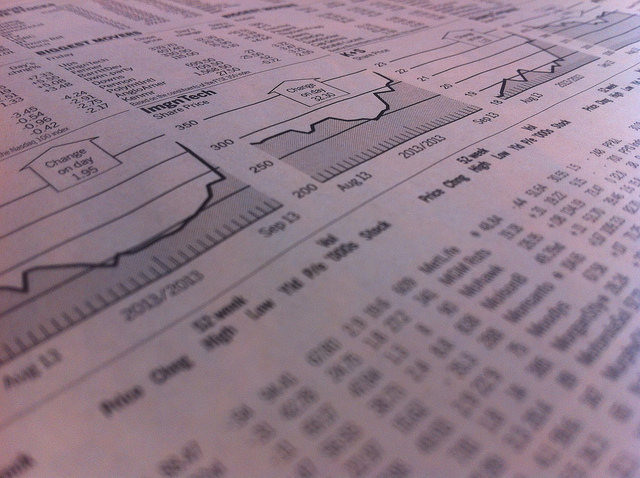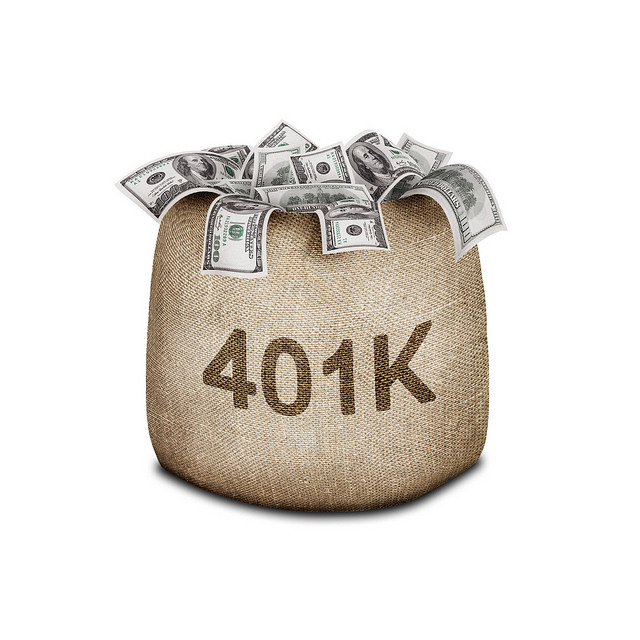
You probably trust your doctor with your life. But with your money? Many people might balk at the notion of their doctor making their investment decisions for them.
But back in 2007, CalPERS made a big bet: a $705 million investment in a private equity fund, Health Evolution Partners Inc., specializing in health care companies.
The CEO of the fund, David Brailer, is a nationally renowned physician who had previously been the “health czar” under George W. Bush. But this was his first foray into the investment space, and he had no experience running an investment fund or making private equity investments.
Still, he reportedly promised the CalPERS board healthy returns in excess of 20 percent.
But through seven years, the fund has never managed to exceed single-digit returns. And portions of CalPERS’ investment have actually experienced negative returns.
That has led CalPERS to cut ties with the fund, according to Pensions & Investments:
CalPERS is ending its unique experiment as the sole limited partner of Health Evolution Partners Inc., a private equity firm that focuses on health-care companies.
…
CalPERS data show the HEP Growth Fund had an internal rate of return of 6.5% from its inception in mid-2009 through Dec. 31, 2013. By contrast, the $5.3 billion growth fund portion of CalPERS’ private equity portfolio returned 12.72% for the five years ended Dec. 31, the closest comparison that could be made with the data the pension fund made available.
The HEP fund of funds has had more serious performance problems. Its IRR from inception in 2007 through Dec. 31, 2013 was -5.2%, show CalPERS statistics. CalPERS also wants out of that investment, but sources say a complicated fund-of-fund structure may make that difficult.
Mr. Desrochers would not comment on HEP, telling a Pensions & Investments reporter the matter was too sensitive to discuss.
CalPERS spokesman Joe DeAnda, in an e-mail, said, “We continue to evaluate all options relating to Health Evolution Partners.”
Mr. Brailer did not return several phone calls.
CalPERS paid the fund over $18 million in fees in the fiscal year 2011-12, according to the System’s financial report.
Meanwhile, CalPERS is gearing up for another large investment partnership, to the tune of $500 million, that will focus on infrastructure investments. FTSE Global Markets reports:
The California Public Employees’ Retirement System (CalPERS) today announced a new $500m global infrastructure partnership with UBS Global Asset Management.
CalPERS, the largest public pension fund in the US, will contribute $485m to the newly formed company, while UBS will contribute $15m and act as managing member.
The partnership will operate as Golden State Matterhorn, LLC and is set to pursue infrastructure investment opportunities in the US and global developed markets.
“UBS brings extensive experience and a proven track record in global infrastructure investing that makes them a great fit for this partnership,” says Ted Eliopoulos, CalPERS Interim Chief Investment Officer. “We’re excited to work with them as we identify and acquire core assets that will provide the best risk-adjusted returns for our portfolio.”
The CalPERS Infrastructure Program seeks to provide stable, risk-adjusted returns to the total fund by investing in public and private infrastructure, primarily within the transportation, power, energy, and water sectors.
Infrastructure investments returned 22.8% during the 2013-14 fiscal year and 23.3% over the past five years, outperforming the benchmark by 17.23 and 16.6 percentage points, respectively.
CalPERS holds about $1.8 billion in infrastructure assets.
Photo by hobvias sudoneighm via Flickr CC License





